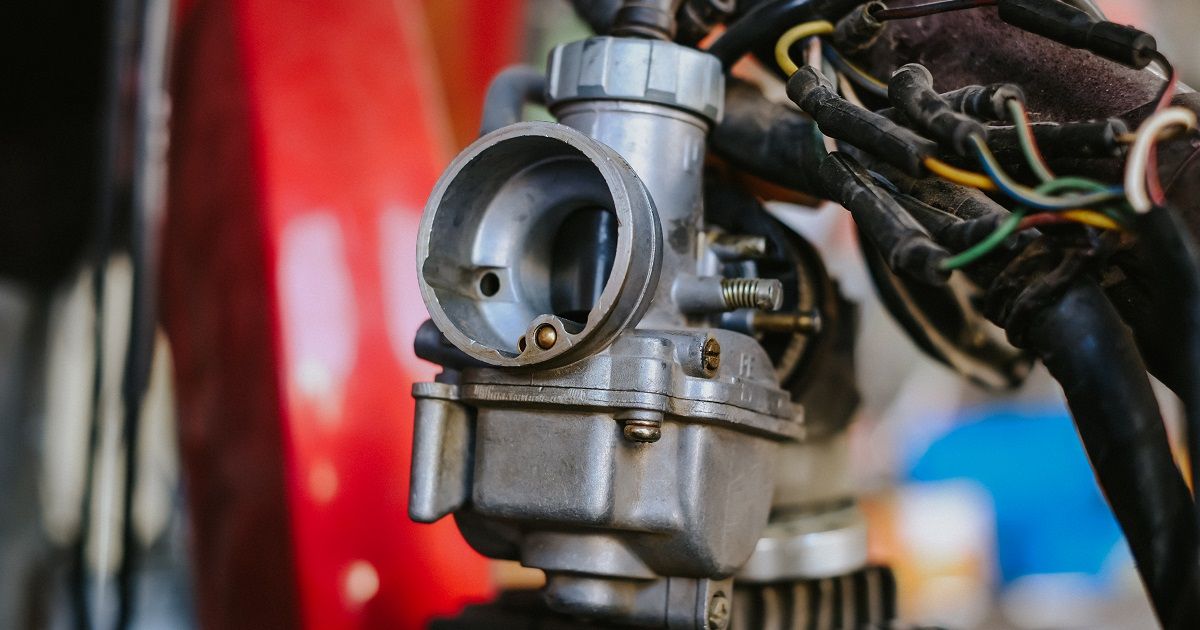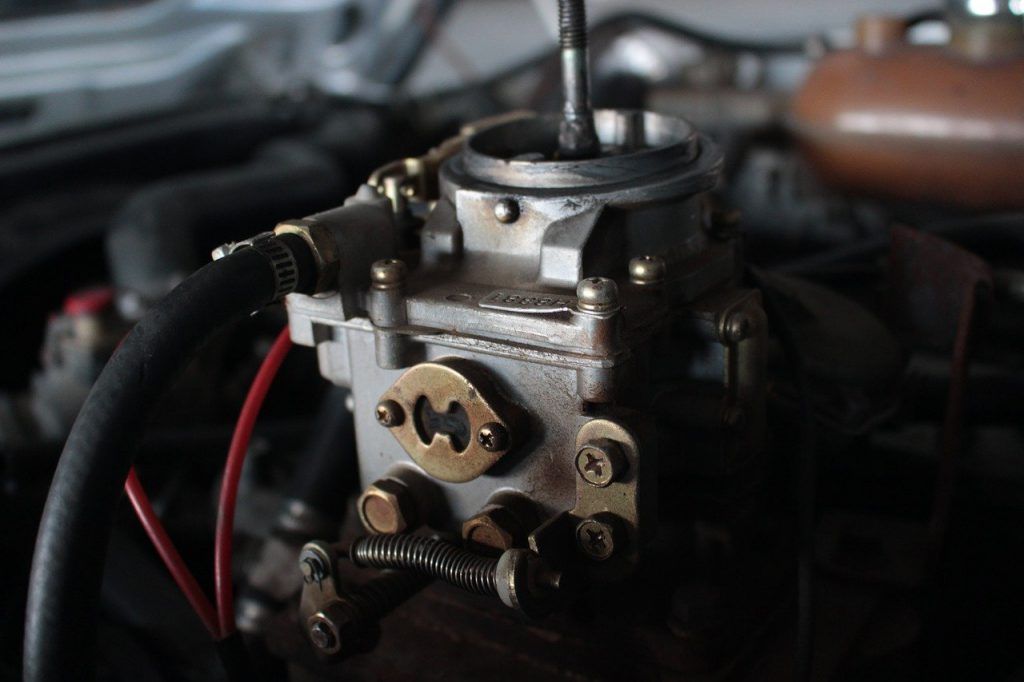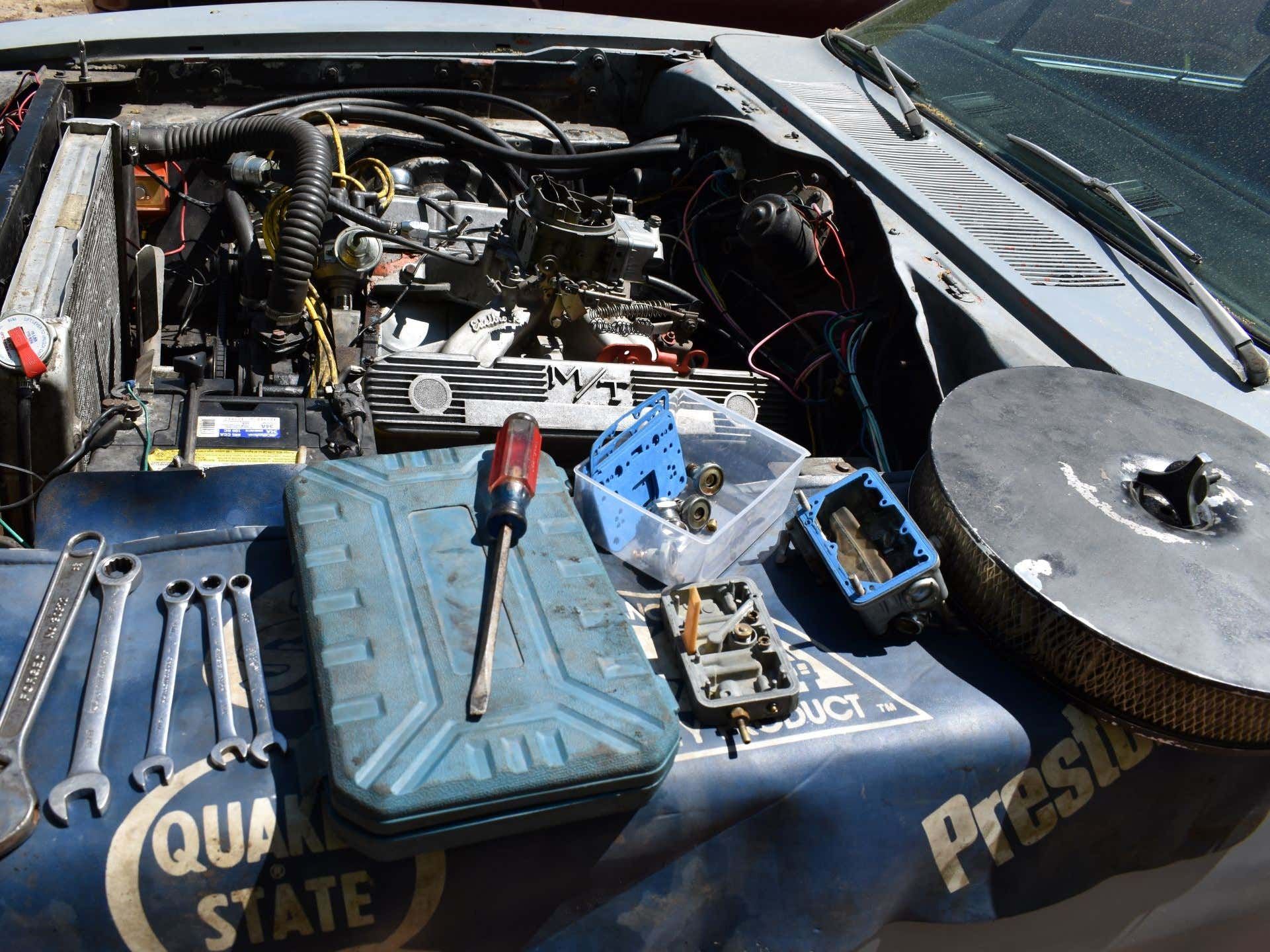Not unless you have had a peek under your car hood, chances are you might not have come across a carburetor. Carburetors are quickly becoming a thing of the past, and this is because of the rise of fuel injection systems as well as electric cars.
While electric cars are big right now, they do not directly threaten carburetors as fuel injection systems do. Fuel injection systems are popular and deliver a consistent and reliable fuel mixture to the powertrain. This is opposed to what we had with previous systems that used carburetors.
If you do not know what a carburetor is, here is a simple explanation. A carburetor is a cylindrical component found in older model cars like the Austin 1100 and the Aston Martin DBS. These cylindrical components deliver air and fuel combinations into the engine’s cylinders at a required and steady rate. They are also found in chainsaws, lawnmowers, and motorcycles.
To give you a better understanding of what carburetors are, here is how these components work.
How The Carburetor Works
Carburetors in cars and motorcycles are pretty much the same as far as how they function. This is regardless of the different systems present. A car carburetor uses the Bernoulli principle. If you remember a bit of middle school or high school science, you remember the Bernoulli principle. If you do not, here is a recap.
The Bernoulli principle is a fluid dynamics principle that states, a car's engine an increase in the speed of a fluid occurs simultaneously with a decrease in static pressure or a decrease in the fluid's potential energy. This principle is responsible for the regulation of the flow of liquid or fluid velocity.
So, what happens to the carburetor when you turn on your car? Once you turn on your vehicle, the piston will move back and forth. When you put the car in reverse, the carburetor will suck in air at the front. This will stimulate the air and fuel that will be subsequently sucked in. Next, the lighter will ignite, which will cause combustion in the engine room, which resulted in the piston being pushed.
If the fuel is pressed more, the piston’s performance is increased. To get maximum performance and reliability from your car, you need to maintain your carburetor regularly. To do this, you need to clean your air filter, open up the carburetor, and clean and grease the different components. If you cannot handle this process on your own, it is best to have a professional do it. This is because improper reassembly can be detrimental to your entire powertrain.
Parts Of A Carburetor
Now that you understand what a carburetor looks like, let us jump into the different parts found on the carburetor and what they do. On a carburetor, you will find a float chamber or the combustion chamber in other circles.
The float chamber rises and closes when a car tank is fully fueled. It prevents overfilling the tank. However, if this happens, the float will not function properly. When working at its peak, the float or combustion chamber is where the fuel is mixed with compressed air from the piston chamber.
The next part we are going to have a look at is the floater. A floater is relatively smaller compared to other parts of the carburetor. To ensure that this part is functioning as it should be, then regular maintenance should be done on the floaters. Just like the float chamber, the floater will not work in flooded conditions.
For an easy and comfortable start for daily driving, you need a proper functioning choke valve. While still on the subject of valves, let us have a look at the throttle valve. The throttle valve, or as it is known in other circles, the piston valve, is responsible for the regulation of high and low air mixture into the car’s combustion chamber.
Looking deeper into the carburetor, we come across the main jet. This is the part responsible for regulating the amount of fuel that is combined with clean air. The following parts that come after the main jet are the jet needle, the slow jet, a piston valve, a pilot screw, the main nozzle, and the venturi. All these parts are crucial in the proper working of a carburetor.
Function Of The Carburetor
The carburetor is responsible for adjusting and regulating the amount of fuel and air mixture that is delivered to the engine’s cylinder. The combination of the air and fuel occurs in the carburetor, particularly the air bleeder, where the combination of air and fuel is combined and turned into a fine mist.
Regardless of the car you have, a well-maintained carburetor will increase the fuel efficiency and might, to a degree, improve the car’s performance.



